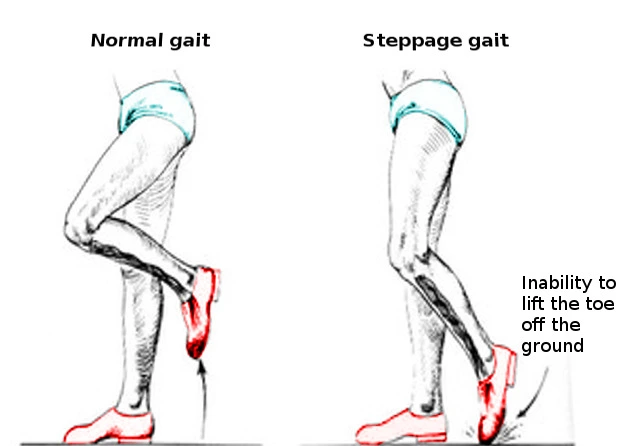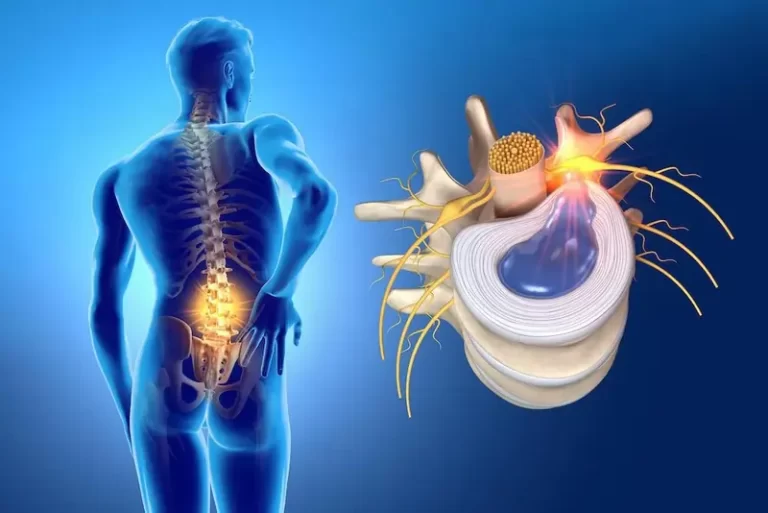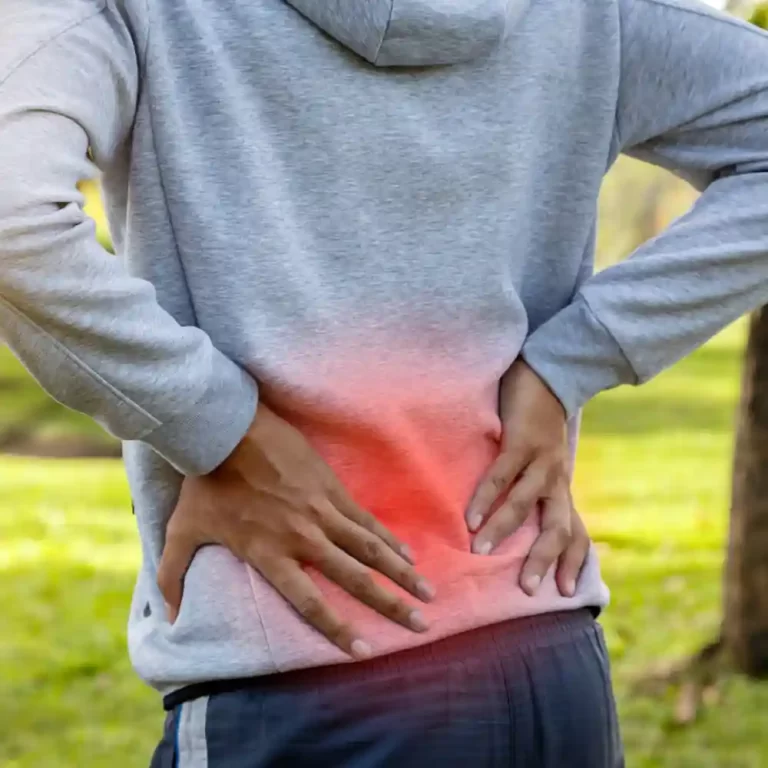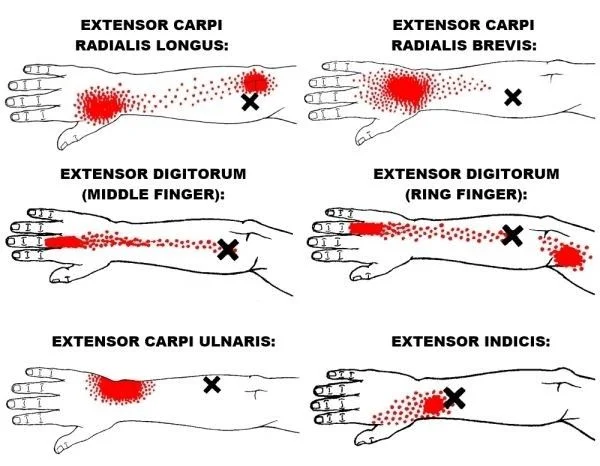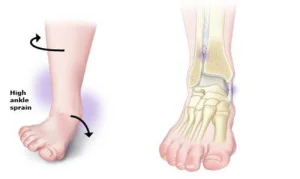Chronic Knee Pain
What is chronic knee pain?
Chronic knee pain is caused by conditions including arthritis, prior trauma, excessive use, or structural issues with the knee joint. Chronic knee pain is a prevalent issue. There are several causes for it, and it can make walking and daily living challenging. Numerous things can cause damage and pain to the complicated knee joint.
Inflammation, pain, and other symptoms may arise when the knee’s components are not functioning correctly. Medical conditions or injuries might cause problems. Continue reading to learn more about the causes of knee pain and how to manage it.
Causes of chronic knee pain:
These consist of:
Tendinitis:
Jumper’s knee or patellar tendinitis is a common name for the kind of tendinitis that produces this pain. This condition might take weeks to heal and typically interferes with day-to-day activities.
Osteoarthritis:
This condition can impact not only the knees but also the hips, hands, and spine. In essence, this is a wear-and-tear condition that primarily affects older women. But occasionally, it can also be caused by obesity, joint injuries, or prolonged stress.
Gout:
Gout is another form of arthritis that can result in complicated flare-ups of chronic knee pain. You must seek treatment at the top orthopedic hospital in Siliguri if you suddenly develop severe knee pain and swelling. When urate crystals accumulate in the knee joints, this condition is frequently caused. Gout episodes can be caused by your weight, nutrition, family history, and specific underlying medical issues like diabetes, obesity, and high blood pressure.
Bone tumors:
The two most prevalent forms of bone tumors that can cause uncomfortable sensations are osteochondroma and enchondroma. These tumors frequently don’t spread from their original place, which also stops growing when your skeleton matures. When bone cells divide uncontrolled and subsequently accumulate into a mass, these tumors develop.
Bursitis:
Inflammation of the fluid-filled sacs surrounding the knee joints can result in knee bursitis, a frequent orthopedic issue. This inflammation typically occurs above the kneecap or inside the knee joint. Bursitis is frequently caused by infections that affect the bursa, excessive knee use, continuous pressure, and unexpected knee injuries.
This primarily occurs as a result of your immune system attacking the tissue that lines your knee joints. Your range of motion may significantly diminish when this problem worsens because of the ligament and tendon damage.
Torn ligament:
If you have had a torn ligament, you may also begin to experience sudden and worsening knee pain. These kinds of injuries may result from trauma, sports-related injuries, or accidents. Most often, your knee’s anterior cruciate ligament is injured and torn, which results in severe pain. There is a popping sound when you have this ligament damage, and your range of motion instantly decreases as knee swelling appears. The collateral ligament may occasionally be impacted by this lesion as well.
Dislocation of the cap:
Knee pain can also be caused by patellar or kneecap dislocations, which generally happen when the kneecap pops sideways from its vertical groove. This dislocation can result from a misstep, a quick fall, an accident, a collision, or other forceful events. You should be aware that your patella will no longer be able to move up and down after this dislocation. A dislocated patella can take up to six weeks to heal, and during that time, you are unable to walk normally.
Baker’s cyst:
Your knee produces too much fluid under these circumstances, which builds up and causes cysts. Sometimes this cyst has no symptoms at all, which can lead to serious problems and therapeutic delays.
Torn meniscus:
A torn meniscus is a frequent knee condition that causes chronic pain. This problem can occur in older persons without any trauma due to certain degenerative changes in the knee. Conversely, athletes who are able to engage in activities that require a lot of knee movement are more likely to experience this condition.
The following variables could worsen chronic knee pain:
- If left untreated, sprains, strains, and overuse injuries to the knee’s structure can result in bleeding, edema, and eventually a chronic issue.
- infection, poor form, and posture when exercising
- Extending the muscles incorrectly.
Symptoms of chronic knee pain:
Along with pain when walking, climbing stairs, or sitting for extended periods of time, people may also have trouble bending or straightening their knees and occasionally hear popping or grinding noises. The underlying reason, such as arthritis, a previous injury, or overuse, may affect how severe the symptoms are.
Risk factors of chronic knee pain:
- Trauma: If you begin exercising without adequately stretching first, you run a higher chance of suffering a traumatic knee injury. Traumatic injury is more likely to occur in athletes who participate in demanding sports like football and basketball.
- Gout: Genetics or lifestyle decisions might contribute to disorders like gout. Dietary variables, obesity, and excessive alcohol consumption may all play a role.
- Degenerative disorders: Age is a common cause of degenerative conditions, while there are other contributing variables. Age, certain genes, inactivity, and dietary factors all raise the risk of osteoporosis.
- Obesity: Knee strain from carrying too much weight can cause pain and inflammation.
- Bacterial infections: Cellulitis can develop in those with weak immune systems, skin disorders, obesity, chronic arm and leg swelling, and those who use needle-based medications.
- Connective tissue disorders: Obesity, smoking, being over 40, and having a family history of RA are risk factors for RA.
- Age, excessive joint use, and genetic factors are additional potential causes of knee pain.
- Many of these issues can be prevented by maintaining a healthy diet and engaging in regular exercise throughout one’s life.
Diagnosis of chronic knee pain:
A number of underlying disorders can cause chronic knee pain, which is defined as ongoing pain in the knee joint that lasts longer than three months. In order to diagnose osteoarthritis, meniscus tears, ligament injuries, or inflammatory diseases like rheumatoid arthritis, an understanding medical history, physical examination, and diagnostic testing like X-rays, MRI scans, or CT scans are required.
Additionally, blood tests can be performed to rule out autoimmune diseases or infections. A precise diagnosis is essential to creating a successful treatment strategy that targets the underlying cause of the pain.
Treatment of chronic knee pain:
Treatments for chronic knee pain vary depending on the underlying cause. These therapies could consist of:
- physical therapy
- medication
- surgery
- injections.
A combination of physiotherapy, lifestyle changes, and medication is usually used to treat chronic knee pain. Strengthening exercises to support the knee joint, increase flexibility, and lessen strain are frequently the first steps in treatment.
To reduce pain and inflammation, physiotherapists may use methods including manual therapy, ultrasound, and TENS (Transcutaneous Electrical Nerve Stimulation). To lessen joint pressure, weight control and activity modification are also crucial. Supportive equipment, such as orthotics or knee braces, may be advised in some situations. Medical alternatives like injections or surgery may be used if conservative therapy proves futile.
Prognosis:
The underlying cause of chronic knee pain, prompt diagnosis, and effective treatment all play a significant role in the prognosis. Many people can achieve substantial pain relief and increased mobility with regular treatment, which may include physiotherapy, lifestyle changes, medication, or, in certain situations, surgery.
Ongoing care, however, could be necessary for chronic disorders like osteoarthritis or degenerative joint diseases to control symptoms and stop further decline. Better long-term results and an improved quality of life are frequently the results of early intervention and adherence to a customized treatment plan.
Certain types of knee pain, particularly those caused by osteoarthritis, are probably irreversible. You will still experience knee pain, inflammation, and swelling if surgery or another kind of intensive treatment is not performed. Managing pain, avoiding flare-ups, and attempting to lessen knee irritation are all part of the long-term strategy for chronic knee pain.
Prevention of chronic knee pain:
Some of the potential reasons for knee pain can be avoided, but not all of them. However, chronic knee pain cannot be avoided. You can take certain actions to lessen the pain.
You can alter your lifestyle to assist manage your chronic knee pain if it worsens with excessive use or is usually at its worst after physical exercise. These methods consist of:
- Try doing low-impact workouts: Try swimming or cycling instead of tennis or running. Or, to give your knees a rest, alternate high-impact and low-impact exercises.
- Lose weight.
- Walking down hills: Your knee experiences more strain when you run. Walk down an incline rather than run.
- Get assistance: Knee pain may be caused by foot or gait issues that can be treated with shoe inserts.
- To make sure your running shoes still provide the right amount of support and cushioning, replace them often.
Complications of chronic knee pain:
If chronic knee pain is not addressed or is not adequately controlled, it can result in a number of consequences. Disuse can cause joint instability and muscle weakening, which raises the risk of falls and other injuries.
Additionally, psychological problems, including worry, sadness, and sleep disorders, may be made worse by chronic pain. In extreme situations, chronic knee pain may result in permanent impairment, necessitating the use of assistive technology or surgery to regain function.
Conclusion:
In summary, chronic knee pain is a prevalent but treatable condition that, if left untreated, can have a serious negative influence on day-to-day functioning and general health. Reducing pain, enhancing function, and averting problems all depend on early diagnosis, regular therapy, and lifestyle changes.
Many people with chronic knee problems can have active, satisfying lives if they take the proper approach. Regular follow-ups and ongoing treatment are necessary to guarantee joint health and long-term relief.
FAQs
What is the most recent knee pain remedy?
Genicular Artery Embolization (GAE) is a relatively recent therapy for knee pain, particularly in cases of osteoarthritis. To stop blood flow to these troublesome locations, medical-grade particles are injected, which may potentially relieve pain for years.
Which pain reliever works best for knee pain?
For more severe pain, a person could need more medicine, which a doctor can prescribe. NSAIDs that are prescribed include high doses of ibuprofen.
What is the greatest exercise for knee pain?
Low-impact activities like walking and swimming, as well as particular stretches and strengthening exercises, are typically advised for those with knee pain. Without putting undue strain on the knee joint, these exercises help increase its strength and flexibility.
Does walking help with chronic knee pain?
Because walking is a low-impact activity that is easy on the joints, it can be a perfect alternative for persons with knee arthritis. This could lessen the stiffness, pain, and inflammation that this condition usually brings on.
Is it possible to endure chronic knee pain?
Knee pain slows you down, regardless matter whether it’s from an injury or simply aging. Although having knee pain can be annoying, there are daily pain management techniques you can do.
What is the most recent knee pain remedy?
Genicular Artery Embolization (GAE) is a relatively recent therapy for knee pain, particularly in cases of osteoarthritis. To stop blood flow to these troublesome locations, medical-grade particles are injected, which may potentially relieve pain for years.
What vitamin helps with knee pain?
Vitamin D. Researchers studying rheumatoid arthritis have discovered that vitamin D deficiency is common among those with the disease.
Which medication is most effective for knee pain?
These drugs ease pain and lessen inflammation. Celecoxib and etoricoxib are two additional anti-inflammatory medications that have a comparable effect.
Does applying heat help with knee pain?
Many knee injuries can be effectively treated with heat therapy. In addition to increasing blood flow to the area and assisting in muscular relaxation and loosening, the heat can aid in the healing process. Additionally, it can aid in lowering inflammation and pain. Usually, heat therapy is used only when the edema has decreased.
Does walking help with chronic knee pain?
Because walking is a low-impact activity that is easy on the joints, it can be a perfect alternative for persons with knee arthritis. This could lessen the stiffness, pain, and inflammation that this condition usually brings on.
What can be causing chronic knee pain?
Arthritis, tendinitis, cartilage tears, and strained or damaged ligaments are common knee issues.
References
- Holland, K. (2019, August 15). Chronic knee pain. Healthline. https://www.healthline.com/health/chronic-knee-pain
- Johnson, J. (2018, October 22). Causes and tips for coping with chronic knee pain. https://www.medicalnewstoday.com/articles/311308
- By. (n.d.). 10 common causes of chronic knee pain. https://www.nbnc.in/blog/10-common-causes-of-chronic-knee-pain


